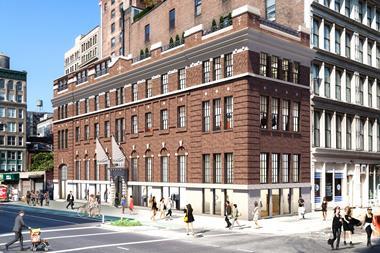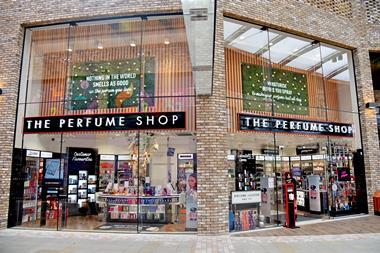According to a survey of 22 troubled retailers from PricewaterhouseCoopers, those businesses planned to close 43 per cent of their stores. This finding means that if just 10 per cent of national retailers get into financial difficulty this year, then around 4,400 stores could come onto the market.
PwC said when it carried out the same research in October 2007, May 2008 and October 2008, the percentage rose from 27 per cent to 36 per cent and 38 per cent respectively.
PwC said retailers will be able to gain cuts in rents because landlords will be left with many empty shops. “Landlords may even be prepared to waive rent altogether, provided that the tenant stays in occupation and, at least, pays the service charge, insurance and local authority rates,” said PwC corporate restructuring partner Barry Gilbertson.
The research pointed out there is enough shopping centre space in the UK development pipeline to open seven schemes the size of Bluewater in Kent.
Gilbertson added: “When all this new retail space is added to our predicted store closures coming onto the market, the downward pressure on retail rental levels increases even further. For tenants, this pressure should mean cheaper rents, but for landlords life will be even tougher, as some tenants go out of business and other tenants push hard for lower or deferred rental payments.”
PwC updated its analysis following a spate of insolvencies of well-known retailers in 2008, listing at least 38 insolvencies, or confidential restructurings by the end of December 2008. There was data for 22 of these retailers, which had previously traded from 3,642 stores. They had to jettison 1,553 stores, equivalent to 43 per cent of their total portfolio.



























No comments yet